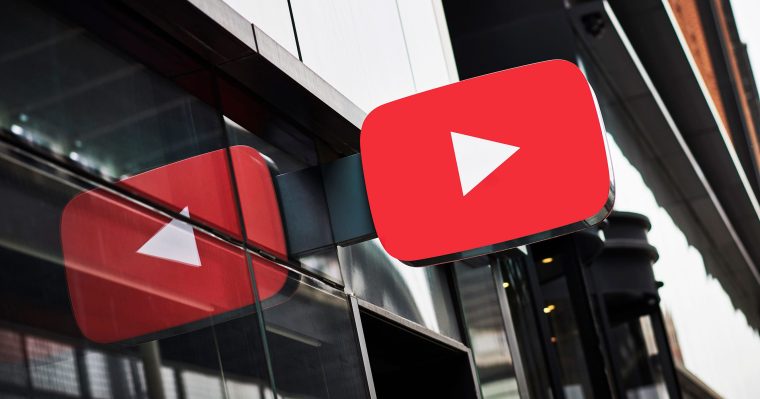In a letter published today by YouTube CEO Susan Wojcicki, the executive suggests the video-sharing platform may embrace Web3 technologies, including NFTs — or non-fungible tokens, a way to certify digital assets stored on the blockchain — as a means of helping YouTube creators make money. While no concrete plans were shared, nor any sense as to when YouTube may begin testing NFTs on its site, Wojcicki referred to the innovations taking place in the Web3 world as a “source of inspiration to continue innovating on YouTube.”
“The past year in the world of crypto, nonfungible tokens (NFTs), and even decentralized autonomous organizations (DAOs) has highlighted a previously unimaginable opportunity to grow the connection between creators and their fans,” she wrote. “We’re always focused on expanding the YouTube ecosystem to help creators capitalize on emerging technologies, including things like NFTs, while continuing to strengthen and enhance the experiences creators and fans have on YouTube.”
Reached for comment, a YouTube spokesperson was unable to further elaborate on what YouTube may have in store, in terms of supporting NFTs.
YouTube, however, already has a number of ways it could allow creators to showcase their NFTs, if it desired. The video platform today offers a “merch shelf” option that can appear underneath a creator’s video, for example, where they can feature products, like apparel, collectibles, plushies, vinyl records, and more, through a growing number of supported retail partners. It would seem feasible that YouTube could partner with NFT platforms and integrate crypto wallet technologies, in order to allow digital creators to feature their NFT art here as well. Or YouTube could choose to more deeply integrate NFT support on creators’ profiles in other ways, or build tools designed for creators working in this space to network with one other and share their work.
It’s not surprising to see YouTube considering a move into the NFT space, as other social media platforms are now doing the same. Twitter just last week launched its first NFT feature, by adding support for NFT Profile Pictures. The feature lets creators set an NFT they own as a hexa-shaped profile picture which, when clicked, will allow others to learn more about the art. Instagram, too, has publicly said it was exploring NFTs. And Facebook may be building an NFT marketplace, a report from The Financial Times recently said.
In addition to the news that YouTube may be open to building out Web3 support in the future, Wojcicki offered a few more notable updates amid a comprehensive look back over the last year on YouTube.
She hinted, too, that YouTube would be expanding the “remix” feature on its TikTok rival called YouTube Shorts, which today supports remixing only audio content from other public videos. Though YouTube also couldn’t share more details on this feature, it’s likely that the company is looking into adding support for remixing video, as Instagram has now done. The CEO noted that YouTube Shorts has hit 5 trillion all-time views, which is a less interesting metric than how many creators it’s managed to onboard — a number it did not share. And it noted that over 40% of creators who received payouts from its YouTube Shorts Fund were those who weren’t already established creators in the company’s YouTube Partner Program — suggesting that Shorts was allowing a new type of creator to make money on YouTube.
The letter touches on other initiatives and investments YouTube has underway, including in gaming, creator monetization, music, shopping, education, and more, as well as its stance on various regulatory issues. Wojcicki said the number of channels around the world making more than $10,000 a year is up 40% year over year, and YouTube Channel Memberships and paid digital goods were purchased or renewed more than 110 million times. YouTube’s ecosystem also supported more than 800,000 jobs in 2020 in the United States, Japan, South Korea, Canada, Brazil, Australia, and the EU combined.
Much of the rest of the creator-directed missive touched on things YouTube had already announced, like its plans to partner with Shopify, to launch Gifted Memberships, to double the number of users engaging with educational content, to stop recommending borderline content, improve YouTube Kids, and more. Wojcicki also acknowledged the pushback over YouTube’s decision to remove the Dislike button, but reasserted why the removal was necessary.
